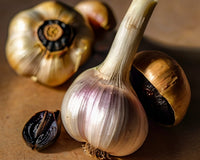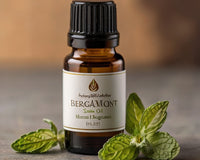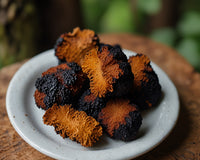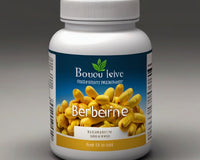Sunset Yellow FCF (also known as Orange Yellow S, or CI 15985) is a petroleum-derived orange azo dye with a pH-dependent absorption maximum at approximately 480 nm at pH 1 and 100 nm at pH 13 443 nm, with shoulder at 500 nm. When added to food products sold in the United States, it is known as FD&C Yellow 6; when sold in Europe, it is designated by the E number E110.
Identification
FD&C Yellow No. 6
INS No. 110
E Code E 110
EINECS No. 220-491-7
CAS No. 2783-94-0
CI Food Yellow 3
CI No. 15985
Physical description
Sunset Yellow FCF is a synthetic yellow dye that appears reddish-orange in application. Sunset yellow is mainly the disodium salt of 6-hydroxy-5-[(4-sulfophenyl)azo]-2-naphthalenesulfonic acid. The trisodium salt of 3-hydroxy-4[(4-sulfophenyl)azo]-2,7-naphthalenesulfonic acid can be added in small amounts.
Common uses
Sunset yellow appears orange when used in food, pharmaceuticals and cosmetics. Sunset Yellow is used to color many different types of food, including cereals, snack foods, baked goods, gelatin, beverages, dessert powders, cookies and sauces.
Specifications
JECFA (2011)
US FDA
Commission Regulation (EU) No 231/2012
Codex GSFA Regulations
Sunset Yellow FCF is added to foods and beverages at concentrations up to the Maximum Permissible Levels (MPL) established by the Codex Alimentarius Commission and published in the General Standard for Food Additives (GSFA).
Regulatory approval
United States: FD&C Yellow No. 6 and its aluminum lake (21 CFR 82.706) are certified to be safe for coloring general food (including dietary supplements) (21 CFR 74.706) and general pharmaceuticals (21 CFR 74.1706) and cosmetics (21 CFR 74.2706), the dosage is consistent with GMP.
Security Assessment
JECFA most recently evaluated Sunset Yellow FCF in 2012, noting at that time that there were five other long-term repeated-dose feeding studies testing Sunset Yellow FCF at dietary concentrations equivalent to doses of 7500 mg/kg body weight per day and up to Rats take 2500 mg/kg body weight per day. One of the long-term studies in rats, which included in utero exposure, had a no apparent adverse effect level (NOAEL) of 375 mg/kg body weight per day for reduced pup body weight. Based on this NOAEL and the usual uncertainty factor of 100, the committee determined an acceptable daily intake (ADI) of 0-4 mg/kg body weight. The previous daily daily intake of 0-2.5 mg/kg body weight has been removed. The committee concluded that dietary exposure to sundown yellow FCF in children does not cause health problems.
Since the 1970s and Benjamin Feingold's well-publicized advocacy, the public has been concerned that food dyes may cause ADHD-like behavior in children. These concerns have prompted the FDA and other food safety agencies to regularly review the scientific literature, and prompted the UK FSA to commission a study by researchers at the University of Southampton to examine the impact of a mixture of Southampton 6 and sodium benzoate (preservatives) in drinks. children in the general population; the study was published in 2007. The study found "a possible link between consumption of these artificial colors and sodium benzoate preservatives and ADHD" in children; the FSA advisory committee that evaluated the study also determined that the results cannot be extrapolated to the general population due to study limitations and recommended further Test".














